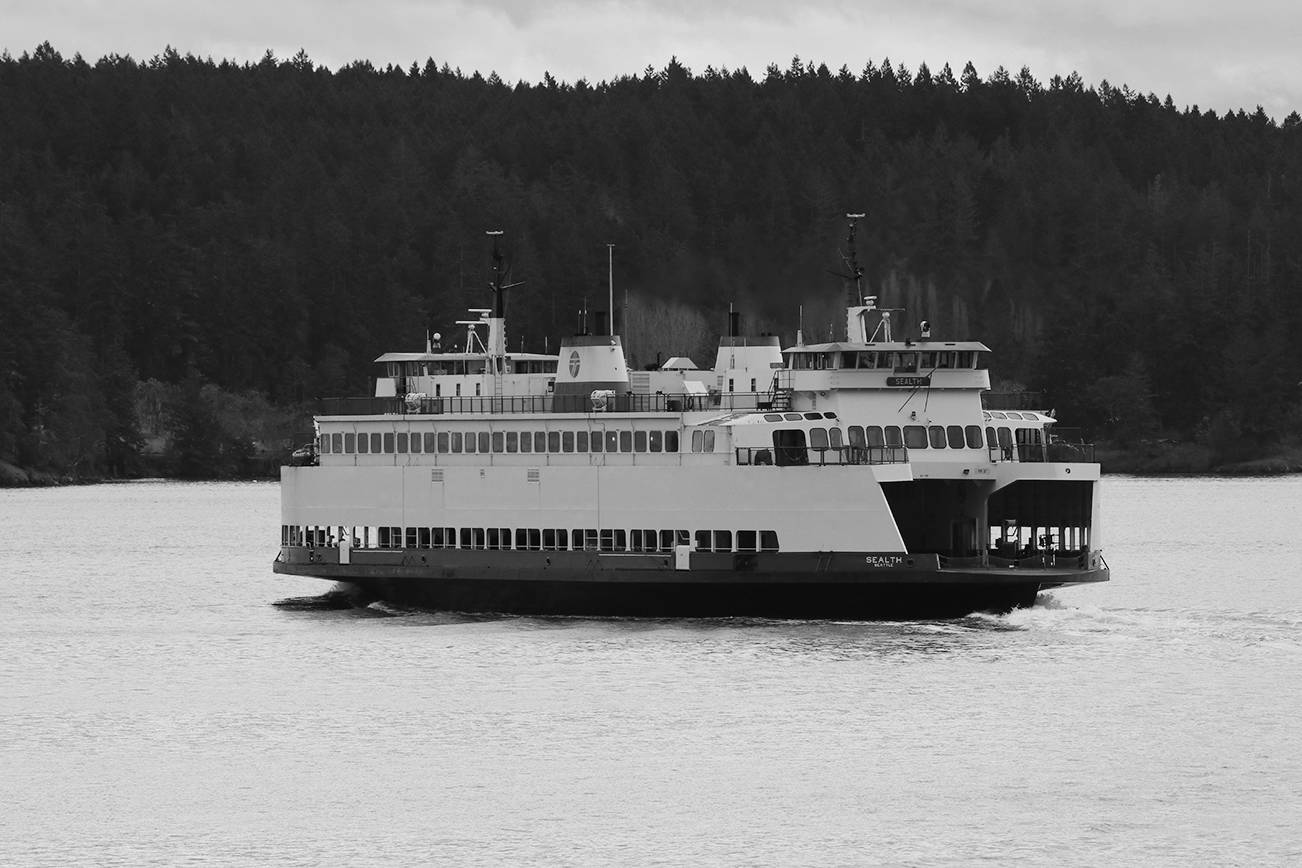Amid cancellations due to limited vessels and staff as well as a return of pre-pandemic tourists, the fares to catch a ferry are set to increase in October. The Washington State Transportation Commission will vote about the prospective increase in August.
“It’s got to generate the fare revenue that’s required by the Legislature’s budget,” Ray Deardorf, WSF senior planning manager, said at the first of two public meetings in May.
According to the budget adopted by Legislature in April, $9.2 million needs to be generated by ferry fares to cover operation costs.
A public comment period for the fare proposal will occur during the month of July. In August, the commission will hold an adoption hearing on the tariff proposal with the adopted fares going into effect on Oct. 1. For more information on the upcoming meeting, visit https://wstc.wa.gov/meetings/.
The commission was presented two alternatives at its June 15 meeting. The first, a 2.5% increase applied to all fares on all routes in October 2021 and 2022. The second alternative was to not increase the fare in October 2021 for passengers, however, there would be a 3.1% vehicle fare increase and a second increase on both passengers and vehicles of 2.5% in 2022.
WSF held a survey during its May meetings to see what they wished to see in regards to the increase. More than 34 percent of participants in both meetings were from North Sound – representing the San Juans and Anacortes — and the majority of all participants wanted a 2.5% increase over two years as opposed to the second alternative.
Commissioner Debbie Young, who lives on Lopez, put forth a motion for the commission to finalize work on alternative one for approval at the upcoming Aug. 10 meeting.
“We have a ferry system that is woefully underfunded for its capital needs and we’re going to continue to do more with less for some years in the future — until enough new boats can be funded and built,” she said.
A public input forum was open from May 28 until June 10 and attracted 1,121 participants. While most participants opposed any sort of fare increase, the majority preferred alternative one over the second proposal. Nearly 700 written comments were received by WSF. A quarter of forum respondents cited the San Juan routes as the one they take most frequently.
“One of the things we need to keep in mind … the ferry system is considered, basically, a collection of routes. Individual routes — that vary — each of us very dramatically even within a single travel shed,” San Juan County Ferry Advisory Committee Chair Jim Corenman said at the June 15 meeting.
Corenman recognized that the goal of tariffs is to help manage peak demand and to keep fares as simple as possible.
When considering the two alternatives, Deardorf noted WSF wants to encourage more walk-on traffic. Corenman acknowledged the lack of multi-modal transportation options for San Juan Islands route riders. He said that rural route riders’ decision to walk or drive on is rarely influenced by the cost of a ticket as it isn’t a viable option in much of the islands.
Corenman urged the commission to speak with the Legislature about funding future capital improvements.
“Ferries is clearly struggling right now with vessels and crew. They need 19 boats to operate a full summer schedule, with Sidney, and I think right now there are 16 or 17 in service,” Corenman said. “Every time you want to build a new boat, you have to invent something. … Each new boat requires creative legislation. The state needs to get a funding program in place that will simply allow ferries to go to the contractors and say, ‘Here’s an order for the next five boats, buy the materials, commit, build.’ Because if we don’t do that the boats keep getting older. The Tilikum is now 62 going on 63 and in daily service, I hope for a long time because that’s our interisland.”





